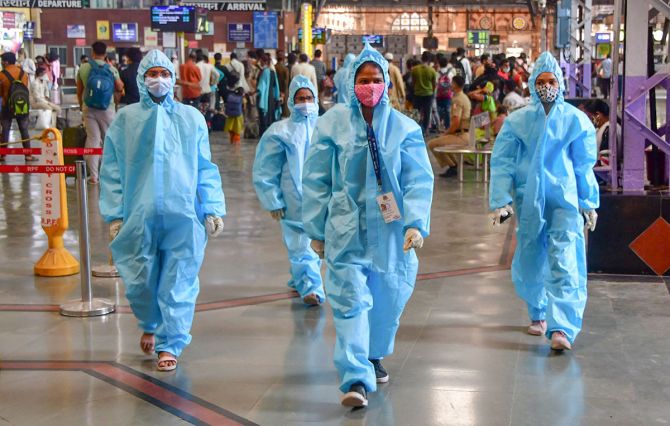-Maanoj Shah, Co-founder of Mission ICU
As the dire state of our rural healthcare infrastructure got severely exposed during the pandemic, several NGOs, private organizations and philanthropists came together to uplift the healthcare system in rural areas. Help continued to pour in the form of funding, supply of equipment, rapid test kits, PPE among others. While this gave a huge respite to struggling rural hospitals in their battle with COVID-19, rural health definitely shouldn’t be something that receives attention only during crisis situations. As the pandemic slowly begins to subside, it seems that uplifting rural healthcare infrastructure has again taken a backseat.
Rather than just extending assistance to hospitals every time they are in a crisis, it would be a practical approach to equip hospitals so they are better prepared to deal with healthcare challenges in the long run. India’s rural hospitals are unprepared to deliver good quality patient care even during normal times, let alone a pandemic situation. A holistic and sustainable approach needs to be at the core of rural healthcare upliftment.
Let’s go through a few effective steps that, if implemented correctly, can empower rural healthcare systems and build healthy communities in the long-term.
-
Long-term public-private partnerships (PPP) to ensure healthcare inclusion
PPP partnerships can transform the Indian rural healthcare system in more ways than one, with a long-term sustainable model. With the burgeoning population in our country, government efforts alone won’t suffice in strengthening the healthcare system. PPP can help overcome the limitations of financial, technological, educational, and human resources aspects. While the government can frame policies around rural healthcare infrastructure, private players can ensure these are properly implemented. Such long-term partnerships increase access to healthcare particularly in difficult-to-reach rural areas as the private players’ expansive skills, experience and finance can help create innovative solutions.
-
Establish an on-ground supervisory committee
An on-ground supervisory committee must be established to create a set of core and supplementary strategies to promote access to improved healthcare as well as oversee the implementation of rural healthcare initiatives. While most rural healthcare projects start with great enthusiasm, the outcomes aren’t always as expected. An on-ground supervisory committee is needed to revitalize rural health systems through effective monitoring of the rural health enhancement activities.
-
On-going skill development and mentoring
Skill development and mentoring is another important area of concern in rural areas. As per a report published by the Union Ministry of Health and Family welfare, there is a shortfall of 76.1 % specialists in 5,183 Community Health Centers operating in rural areas. Skill development courses and continuous learning programs for doctors can help tackle the shortage of trained doctors in rural areas. Given their location, doctors in rural areas are faced with numerous challenges when accessing training opportunities and this is where a focused mentoring program, with online or offline sessions, skill up-gradation and exchange programs can prove extremely valuable.
-
Consistent up-gradation of machines and training of paramedical staff
Rural areas lack essential facilities such as the latest medical equipment and trained medical staff to man the equipment. While consistent up-gradation of medical equipment can still be taken care of, training workshops for nurses and paramedical staff on effective handling, operating and managing this equipment is also vital. As new technologies enter the market, the need for training becomes a consistent one and needs to be acknowledged.
Way forward:
A sporadic approach to uplifting rural healthcare infrastructure is an exercise in futility. A robust healthcare system can be built in rural areas only with on-going commitment and consistent efforts. Implementing the steps discussed here will bear fruitful results in the long run and help build a strong, comprehensive health care system. Our primary objective should be to enhance preparedness beyond COVID and not solely focus on short-term solutions that bring the system back to the same old condition once external assistance is withdrawn.








